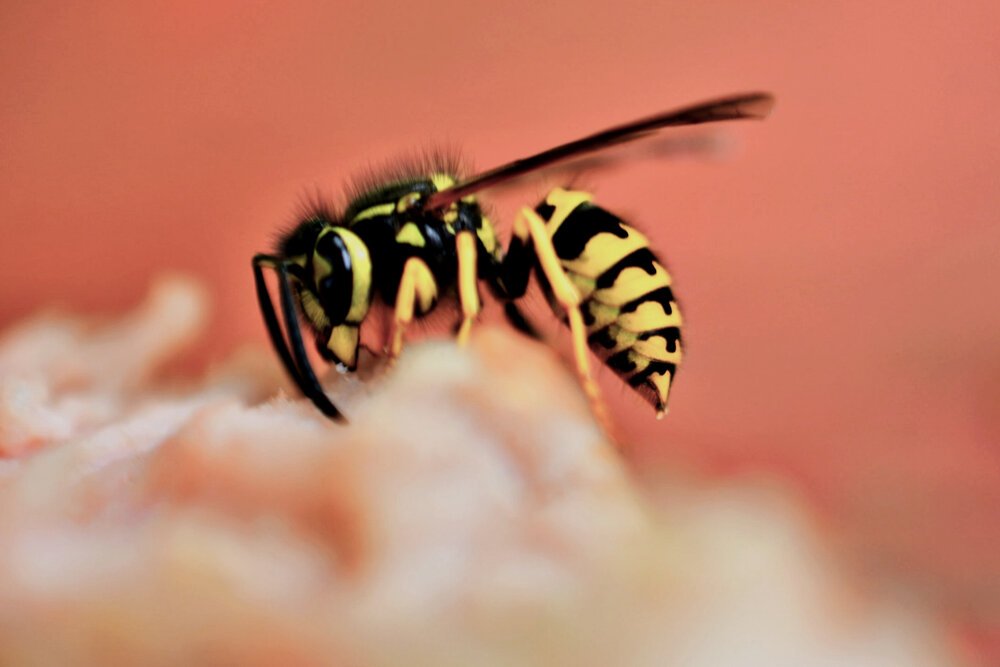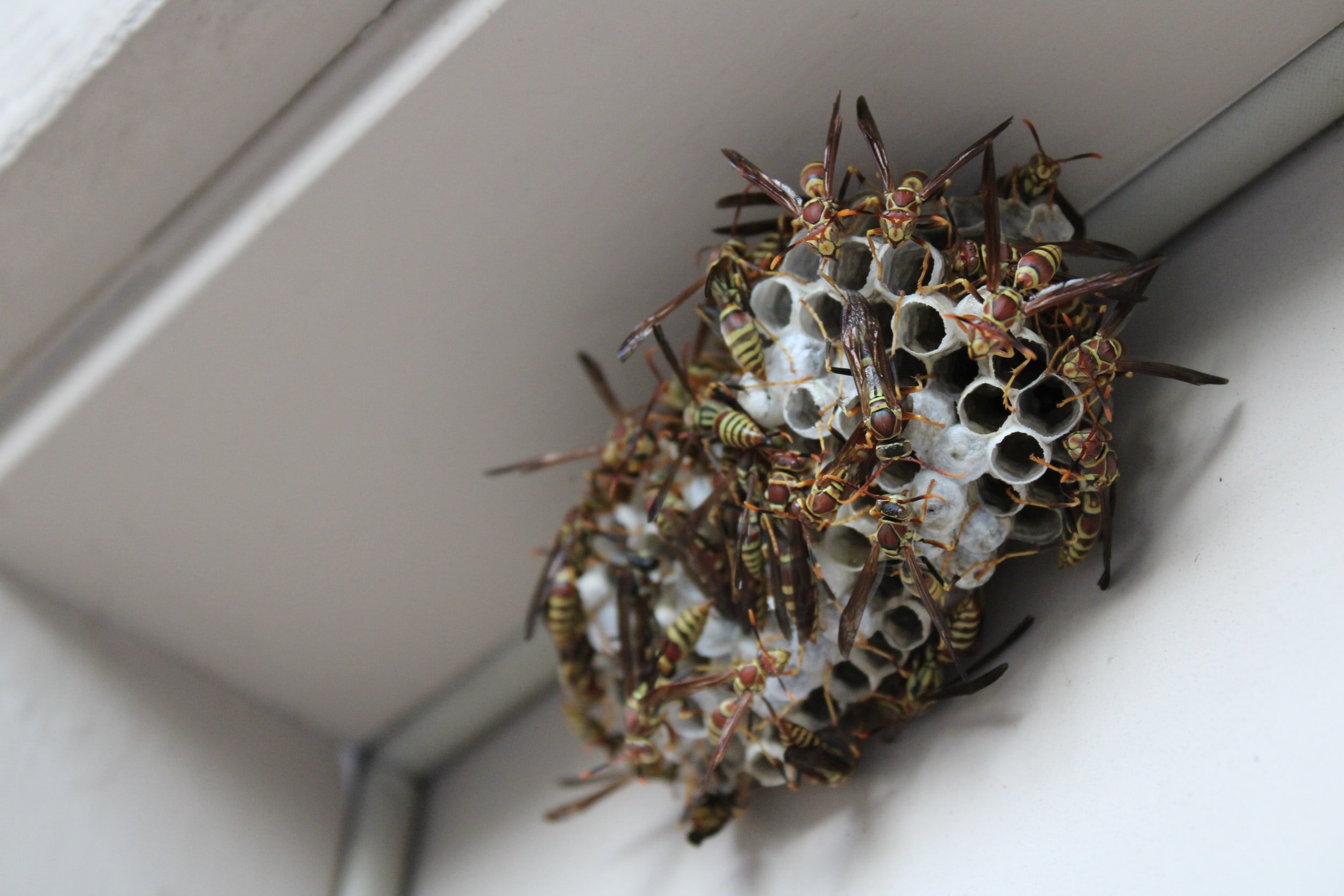The Pest Blog

Late Season Stingers: The “buzz” with Autumn yellow-jacket activity.
While present throughout the spring and summer, yellow jacket nests are at their largest during late summer and early fall (with each nest boasting roughly 1,000-4,000 workers). As the number of developing larvae increases throughout the season, workers will forage and expand upon the nest construction; doubling the size of the colony every few weeks throughout the summer.

Noticeable rise in New England’s swarming wasps this spring, explained
All it takes is a few warm spring days (around 70°) to awaken lethargic wasps from their winter hiatus. While mostly slow moving when trapped inside, crawling around floors or windows indoors, these wasps become incredibly active in the spring sunlight - particularly on the sunniest sides of homes around peaks of gable roofs and trim areas.
